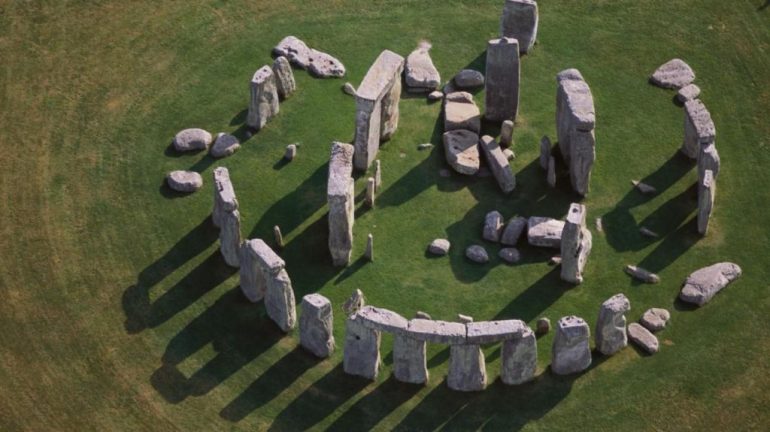A new study suggests that Stonehenge was built to amplify sound.
One of the great mysteries of the ancient world that recently returned to the news headlines is that of Stonehenge in Wiltshire, England, as researchers at the University of Salford in Manchester, U.K. are suggesting the famous stone structure may have been built and designed specifically to amplify sound. Read more here.
The recent “Sounds of Stonehenge” study of the circular structure published in the Journal of Archaeological Science reveals a unique insight into how sounds from human speech (and maybe even music) were altered and enhanced by the designed acoustics of Stonehenge. The modern-day acoustics of current Stonehenge were measured in a 2006 study, but new research delivers updated findings as engineers at the University of Salford built their own 1:12 scale model named “Minihenge” to determine how sound may have been altered by all of the original 157 stones way back in 2200 B.C.
Smaller physical scale models are used to test audio techniques when designing today’s concert halls, but this study marked the first time that a strategy like this has been applied to study the prehistoric stone circle. The results suggest that any sounds created within the stone circle were intended for others within the same relatively intimate setting, rather than to be broadcast more widely to those outside, whose view into the stone circle would also have been obscured.











